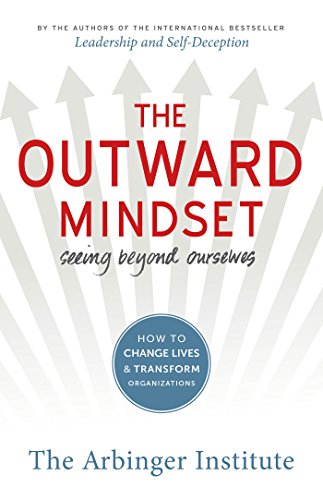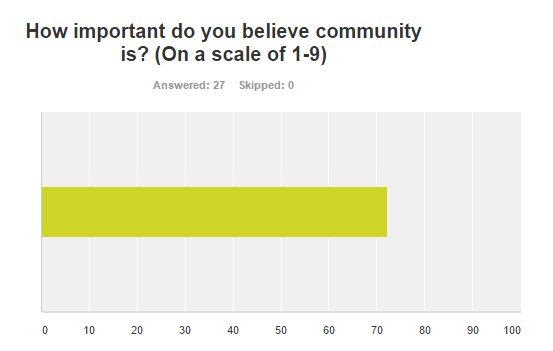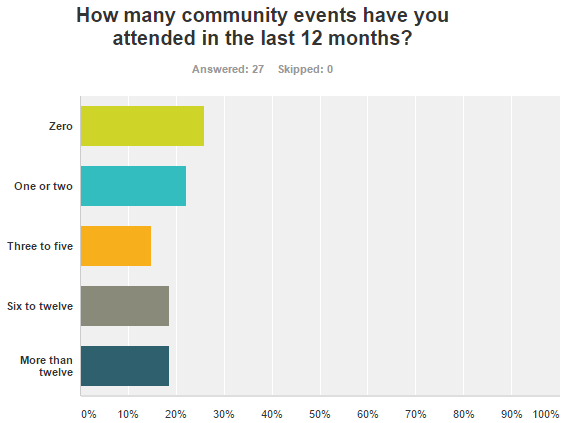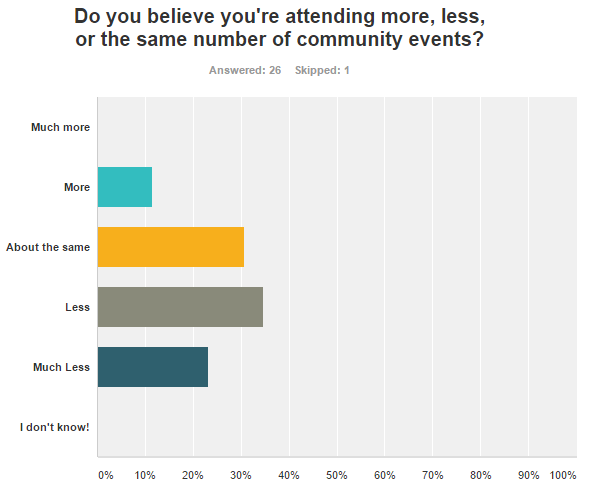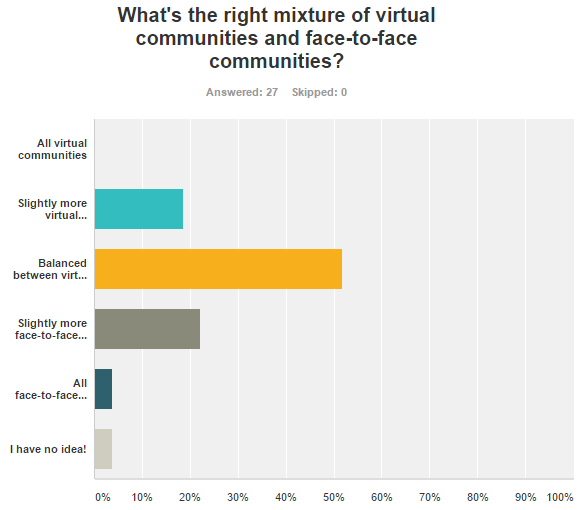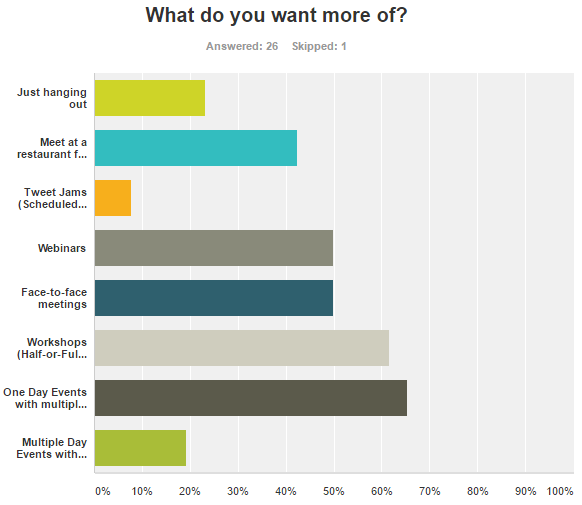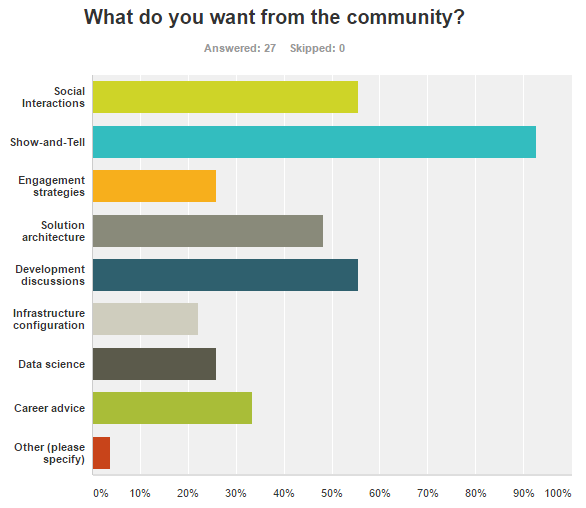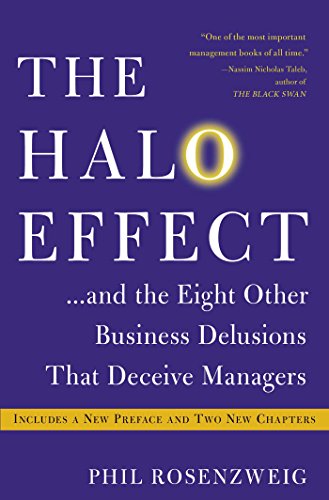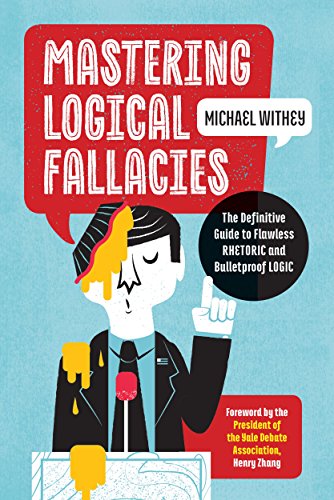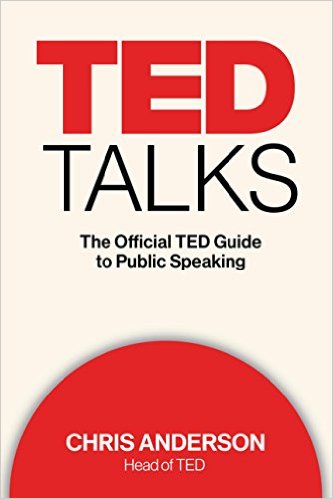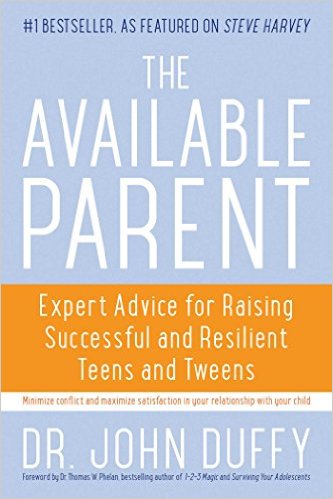Book Review-Burnout: The Secret to Unlocking the Stress Cycle

Book Review-Bold: How to Go Big, Create Wealth and Impact the World
It was on-stage in San Diego where I first saw Steven Kotler. He was talking about the powerful impact of flow and his work on The Rise of Superman. I’ve been in love with flow for years, and so I dug into The Rise of Superman, interviewed Kotler and ultimately took his flow fundamentals course. One of the counter-intuitive challenges of reading over 50 books a year is that you want to read more than you can get to. Kotler’s previous work with Peter Diamandis, Bold: How to Go Big, Create Wealth and Impact the World, sat in my reading queue since I read and reviewed The Rise of Superman, but other distractions kept me from it.
Bold is a follow on to Abundance. Though I’ve not yet read Abundance, its title is largely illustrative of what it’s talking about – global abundance. Bold is an attempt to make that abundance more accessible to everyone. To reach towards it, you need to make bold moves.
Peter Diamandis
I’ve already explained how I met Kotler but the other author, Peter Diamandis, was a bit of a mystery to me. His name was oddly familiar but I couldn’t place why. The answer lies in the fact that he’s responsible for XPRIZE and the Ansari XPRIZE for private spaceflight. Like many young men, my first desired profession was astronaut. I gave up my pursuit of that goal, like most of the boys that wanted to be firemen and police officers. I gave it up, but Diamandis didn’t — it was a passion. Ultimately he wondered, if you can’t get to space through NASA, how do you get yourself into space? The answer is make it available commercially. While this isn’t the most straightforward path, it is a path that he’s demonstrating is possible.
This context is important because without it you’re left asking, who is this guy and why is he telling me that I can change the world? Even as someone who has patents filed for things that I believe will change the world, and specific targeted plans for my next big move to improve our lives on this planet, I had a bit of a challenge with accepting that we should all change the world. It’s a bold move but one that I’m willing to consider.
Super Credibility
It’s because of Diamandis’ experiences with the XPRIZE and the outrageous things that he’s been able to accomplish, and the respect I have for Kotler that pushed Bold above the line that they call “super credibility”. That is the point above which, no matter how crazy what you’re proposing appears on the outside, it will still appear credible. When Jeff Bezos says they’re talking about doing delivery of packages via drones, you believe it because you believe in Jeff. When Diamandis wants to do a commercial space telescope, or a colony on the moon, or whatever, you believe he means it. This super credibility is important as you go to seek to get others onboard with your ideas something Bold discusses at length.
Figuring out what super credibility is or who you have to get on board before you can cross that super credibility line is a bit of a mystery. It’s all about the perception in others’ minds. Which celebrities do you need to already have on board when you launch your idea? Who will be the people that will keep most people from thinking that you’re a crackpot who needs locked up? Exponential growth requires some level of genius insanity, but you don’t want to let everyone latch on to the insanity part of that statement.
Changing the World at Exponential Speed
Underlying the opportunity of abundance and the need to be bold is the exponential growth that we’re seeing in the world. As the world moves from atoms to electrons, we’re decreasing the delays in the system and increasing the opportunities. (See Thinking in Systems for the impact of removing delays in a system.) What is happening today is driving faster disruptions and more rapid transitions from winner to loser and loser to winner in the global marketplace. The ability to scale exponentially is built on the back of six things:
- Digitalization – The core conversion of atoms to electrons. Moving from a world where we must ship something to a world where we ship the information electronically. This is what Amazon Kindle is to the book industry.
- Deception – Exponential growth seems small at first, but the iterations of that exponential growth suddenly break out of the norm and create amazing results.
- Disruption – Seemingly suddenly, the old rules change. For instance, digital cameras became better than the 35mm film cameras. When the tipping point is hit, the sales of 35mm film plummet with the rise of digital cameras. Ironically, this destroyed the Eastman Kodak company that created the digital camera technology in the first place.
- Demonetization – Removing money from the equation. Make things available for free. How many Apps in the Apple App store are available for free?
- Dematerialization – The vanishing of goods and services. The luxuries of today become the expectation of tomorrow. ABS brakes used to be a luxury item, now you wouldn’t buy a car without them.
- Democratization – The hard costs drop so low that they’re available and affordable to nearly everyone. Nearly everyone has access to the Internet and the wealth of information that is freely available on it.
Ultimately, when I think of this from a systems point of view, I realize that the delays and friction in the system of human growth is being removed.
Frictionless Society
These six things speak to the friction that we have in commerce. We have friction of finding the goods and services that we want to purchase. For what we sell, we have friction in finding customers and getting the goods to them. As was explained in Demand, small barriers (friction) can dramatically reduce results. When we’re talking about exponential growth, we’re talking about removing friction to growth. If you don’t, the whole thing will blow up.
Amazon Kindle reduced the friction of acquiring a book and keeping it with you when you have available time. Now you carry your iPad, and on it is your entire library – or at least you have instant access to it. If you’re connected to the Internet, you can get books from your library digitally – and even purchase more. Within minutes you can be reading a book that you learned about or pick up something new on a topic you love.
Software delivery is mostly digital now. Rarely do people ship CDs, DVDs, or USB drives. Now, people expect that they can get whatever software they want from the comfort of their home within minutes. Gone are the days of driving to the store to buy a word processor or an anti-virus program.
This lack of friction means that we’re able to learn more and do more than we have ever been able to do. We’re not held back by the need to transport atoms from one place to another. When it comes time for atoms to actually move, we have an efficient logistics system to get you only the atoms you need when you need them – generally within a day or two.
Prototyping and Production
It’s a different world that we live in than 20 years ago. In my office I’ve got a multifunction printer/copier capable of doing any of my small-run paper production. It will staple automatically if I want it to, or I can pull out the binder and bind reports. The laminator can be used to protect any productivity aid that I’m going to leave with a client. I don’t have a CNC paper cutter/engraver yet – but the price for tools like that are less than $200. It’s absolutely a gadget that’s on my short list to fill out one of the gaps in my ability to completely prototype on paper.
I mentioned in my post Embroidery and Love that we have everything here to do short-run embroidery of clothing. I recently added the capacity to custom print the backs of post cards. We production print the fronts and now custom print the backs of the cards. Once they’re printed we add printable postage and mail them. On the postage side, we can literally ship anything we want from our printable postage account. A computer weighs the package, we select the service and provide the address. Every day the mailman picks up the packages.
We’ve got the ability to see what we’re creating quickly before sending out the larger orders. When we need bigger quantities than we can produce in-house, we submit a digital order with electronic files and we get back what we need; or, more frequently, the service provider simply does the mailing for us and sends us the bill – which we pay electronically.
Our DVD/Bluray printer/copier allows us to create short-run items for trade shows and other events – and we can buy larger production online when we need it. However, even our “small” printer/copier can do 10 per hour (or more) and 100 at a time unattended. I’ve run as many as 600 of the discs for a conference that I was speaking at. It required a bit of monitoring but it was certainly manageable.
We haven’t purchased a 3D printer yet – but that’s largely because we’re not doing many things that require the creation of 3D objects. However, if we did, we could buy an inexpensive 3D printer for small scale tests and purchase larger 3D models from online services.
By reducing the barriers to prototyping, it’s possible for inventors to iterate quickly and to see problems that just can’t be seen in the design phase. I’ve been able to test several different sizes of logos for embroidery.
Years ago I worked for a rapid prototyping company which used early technologies for 3D printing. Large customers spent big dollars to be able to do what someone can do in a few hours with a few hundred dollars.
Scalable production has always been another challenge. At that same company, we did short-run RTV parts and injection-molded parts. The Room Temperature Vulcanizing (RTV) process worked for a few dozen parts. If you needed more than that, you created an injection mold. Even with our CNC machines, building a mold was tens of thousands of dollars. Now, all of this is abstracted. When you’re ready for production you go to an online supplier that can cost-effectively create as many parts as you need.
Consider something less technologically advanced: the book. While electronic books are taking a bite out of the market, there are still many printed books sold. Historically this was done by a huge press and a few thousand to many tens of thousands of books were printed. For small publishers, this was a huge investment – especially since it’s notoriously hard to know which books are going to sell well. Many years ago there was a revolution in book publishing. Print on demand printers would print the books that people wanted when they wanted them. My SharePoint Shepherd’s Guide for End Users books have been using this strategy since the beginning. (See my post Self Publishing with Lulu.com for more on that experience.) My per-unit cost is much higher, but my capital outlay for the books has been almost zero. It’s eliminated the capital requirements, which freed the capital up to iterate on other ideas.
Internet of Things and a Trillion Sensors
When we’re talking about prototyping and production, we’re still shaping atoms in the end. We’re trying to shape our physical world. However, some of the most exponential businesses won’t be creating anything directly. Instead, they’ll be helping us optimize our worlds and give us more of what we want with less waste.
Historically, homes had relatively little automation. The 70s had home intercom systems. The 80s had home alarm systems, and as we got into the 90s, a few homes started dabbling with primitive home automation solutions that could turn on and off lights. Fast forward to today, when we’re talking about intelligent thermostats.
Today you can buy a thermostat which knows when you get home and adjusts to your preferences. Alarm systems are now integrated with your smart phone, and instead of punching in a code when you get home or receiving a call when you’re not home, everything is handled from your smart phone.
The sensors in our homes are invading everything. Locks are now Z-Wave enabled, allowing them to be automated as well. Remotely you can know where your front door is closed (through the alarm contact) and whether it’s locked (through the lock). You can, in fact, remotely lock your doors – or unlock them if you need to let in someone to work on your refrigerator or air conditioner.
Video surveillance has come down in cost to the point where more and more homes have external video surveillance. The video can be captured and reviewed days or even months later. Watches are now monitoring our heart rate and sending reports to our phone to be included in our health log.
The cost for sensors has plummeted. The availability of WiFi with internet access, back-ended by massively scalable computing centers, means that every application for a sensor can be wired. Whether it’s a truck transporting goods across the country, home automation, or monitoring of commercial systems, we’ve got more sensors capturing more data and giving us the opportunity to optimize how things run like we never have had before. However, that isn’t the most compelling change that’s coming.
Cognitive Surplus
One of the unexpected – but completely accurate – ideas expressed in Bold was the cognitive surplus in the world. As a society we’ve not yet completely eliminated scarcity. There are still parts of the world where there is a struggle to survive. The basic necessities of water, food, and shelter are still an everyday struggle. However, the majority of humans no longer struggle to find enough food to eat. For those of us in the developed world, we enjoy more leisure time than any previous generation. We’ve got more spare time than any generation before us. If we have more time, then we have more capacity for thought. That’s a very special resource. It’s what has differentiated us from our closest evolutionary cousins.
However, the surplus is more than just time. It’s more than just the capacity to concern ourselves with needs broader than our own and temporally further than the next few hours or days, but it’s also the ability to consume more information and process it in ways that our ancestors never could. We see in a single day more information than a generation would have seen in an entire year – or in some cases an entire lifetime. We not only have the capacity for thinking, we’ve got better access to information to make this thinking time more useful.
If you want to become an expert in nearly any topic, it’s possible to do today with only a high speed internet connection and a few thousand dollars. In most cases, the skills that you want to learn are available for free if you’re willing to wade through the information on the Internet to find the credible sources that are freely teaching the information.
Passion, Ideas, and Execution
It’s a truth that investors look for passion, learn about ideas, and fund execution.
Consider two different perspectives on building a business. There’s the mercenary perspective, where the goal is to make money and then get out. Here, the leader is looking for a quick payout. It’s something they’re doing not because they love it, but instead because they believe they can “turn a quick buck” and move on. Conversely, consider the missionary perspective on business leadership. They are looking for sustenance while they pursue their passion. They’re looking to change the world, not their personal world. The missionary assumes that they’ll be there until someone steps in to replace them and carry on the mission.
The difference between the two is that the mercenary won’t have passion about what they’re doing. The mercenary isn’t trying to change the world, and as a result won’t have that same “fire in their belly” or “light in their eyes.” Speaking from personal experience, I can tell you that there are times when every missionary feels beaten down. Every missionary feels like they’ll never achieve their passion. At those times, it’s easy for someone to mistake a missionary for a mercenary. (If you want to see the fire in my belly look at when I talk about the Video Studio 2.1, 2.0, 1.0 or when I talk about Kin-to-Kid Connection.)
For someone else, including investors, to buy into your idea you have to be able to communicate it. You needn’t necessarily need to be the best orator or the best writer, but you have to find the way to share your passion with others. This is no different in the sales and marketing of your work than it is in looking for investors to help fund it.
Perhaps most importantly, you need to be able to execute. Here, my favorite example is Walt Disney, not because he needed investors, but because he always demonstrated in small scale what he wanted to do in the large scale. Before feature-length animated movies were the shorts. Before Disney World was Disney Land. He took small steps and demonstrated he could do something before scaling it up. While this isn’t always possible with an organization, it’s certainly preferable if you’re looking for funding.
Fine, I’ll Start a Company
When I read Elon Musk’s comment, “My initial goal wasn’t to start a company,” it resonated. His goal wasn’t that of a mercenary. He didn’t want to get rich quick. Instead, he had another mission, and building a company was simply the means to that other end. This is where most folks get confused. They believe that the company is the end. The company is always the means.
My goals in life weren’t to create a company. I didn’t want to be a consultant even. In truth, I wanted to take care of a small team of people and do amazing things. It just happened that I couldn’t do that inside of another organization, so I ended up on my own trying crazy things to make a difference in the world.
Where Musk and I differ is that Musk appears totally unfazed by scale. Recently, when pre-orders of the Tesla Model 3 significantly outpaced predictions, his response was simply that they’d have to rethink production. The professional equivalent of “oh well, we’ll figure it out.” I, however, have watched the wheels come off of businesses who were trying explosive growth – and it’s tempered my responses to scalability. Sometimes I try to look at the whole situation, including the ability for my creation to take over my life.
Wholeness
Sometimes we make some rather silly decisions. When you take a step back and look at the broader picture, it becomes clear that we make decisions based on a narrow view of the problem, and as a result the decisions aren’t the best. Consider the couple who are saving money, and at the same time are carrying a balance on their credit card. The savings may be earning 1% interest while they’re paying 10% or more interest on their credit card. For every dollar they make in interest in their savings, they’re losing nine. It doesn’t make sense. However, this is the way that we operate in our lives all the time.
There’s an old joke about a woman coming home from shopping and she says to her husband, “Honey, you wouldn’t believe how much I saved today.” The husband responds, “That’s funny I thought you went shopping and spent money.” Too frequently we miss the big picture of our world because we’re focused on just one small part.
In Theory U, we learned to look at things from the broader perspective. It’s more than just the things that we can touch and feel. To experience wholeness, we have to accept that we’re a part of the whole. We have to put away the ideas of predictable systems thinking and start thinking about probabilities.
Probability
As I mentioned in my review of The Halo Effect, our world isn’t deterministic. It’s probabilistic. It’s about the probability that something will happen, not that it will definitely happen. This means that try and try again makes sense, not just from an improvement in each try but also because the conditions around you may change to make your attempt work out.
Humans like the mathematical precision of A+B=C and hate to believe that success in life has as much to do with luck, timing, and circumstance as it does with the innate qualities of a person. (Both Peak and Mindset have something to say about the ability to change personal capacity based on experience.)
What’s Worth Doing Even If You Know You Will Fail
Brené Brown’s work Rising Strong (Part 1 and Part 2) challenges with the question, “What would you do even if you knew you would fail?” The question is framed differently here. What’s worth doing even if the probability of success is low? What should you do even if you don’t know that you can make it work?
Larry Page said, “Have a healthy disregard for the impossible.” In other words, don’t let impossible stop you. Don’t let the belief that you can’t succeed stop you from trying.
Crowdsourcing
By now, most of us have heard about famous kickstarter.com campaigns that have let inventors get the capital they need to engage in the market. Crowdsourcing platforms are springing up every day, where an entrepreneur can get funding for their cause or their company. Bold lays out the four kinds of campaigns: donation, debt, equity, and reward, and it provides helpful tips for how to navigate the crowdsourcing experience successfully. While it looks great on the surface and one can think that it’s free money from folks you don’t know, Bold sets the story straight by sharing the real statistics about how the money comes in and what needs to be done to support getting it.
Crowdsourcing is described as getting better leverage on the funds you already have access to through personal contacts (friends and family). And while it seems easy, it’s a process like any other. Bold suggests that you may spend as much time fundraising as you do running a fledgling business. Interestingly enough, this isn’t much different than non-crowdsourcing approaches in the investment of time. Many entrepreneurs pitch their ideas to many, many investors before receiving investment funding – even the likes of organizations like Cisco. It’s common to struggle with finding the capital you need to start and expand your business.
Whether or not you feel like you need to inject capital in your business, go Bold and create something amazing.


